Electric toothbrushes are designed for long-lasting performance, but users occasionally report issues with low battery life or charging problems. If you are experiencing these concerns, here’s a guide to help you troubleshoot and resolve the issue efficiently.
Before attempting fixes, it’s important to identify the possible causes behind the battery issue. Common reasons include:
The battery itself may be aging or degraded after prolonged use.
Battery not charging due to poor contact or charging interruptions.
The charging cable or charging dock is damaged and cannot be charged properly.
The bottom of the machine is dirty, preventing proper charging contact.
Software or firmware glitches affecting power management.
Understanding these factors helps in applying the right solution.
If users report a sudden drop in battery life, encourage them to try to eliminate the method with these steps:
Restart the toothbrush: Turn it off and on again (if applicable) to reset any temporary issues.
Check the charging connection: Ensure the toothbrush is properly seated on the dock.
Inspect for visible damage: Look for frayed cables or cracks in the charging base.
Clean the charging contacts: Wipe the bottom of the toothbrush and the dock with a dry cloth.
Often, these simple steps can restore normal charging functionality.
Rechargeable batteries degrade over time. If the toothbrush is older (typically 2+ years), the battery itself may no longer hold a full charge. Signs of a failing battery include:
Rapid power loss even after a full charge.
The toothbrush won’t hold a charge overnight.
Intermittent power during use.
If this is the case, the best solution is battery replacement or upgrading to a new model.
If the battery not charging, the issue may lie in the charging components. Users should:
Test with a different power outlet to rule out electrical issues.
Try an alternative charging cable (if detachable) to see if the original is faulty.
Ensure the charging dock is functioning—some models have indicator lights that confirm power flow.
If none of these work, the charging system may need professional repair.
A damaged charging setup is a common culprit. If the charging cable or charging dock is damaged and cannot be charged, users should:
Look for bent pins, frayed wires, or cracked connectors.
Test with a known-working charger (if compatible).
Contact customer support for a replacement dock or cable if damage is confirmed.
Prevent future damage by keeping the charging area dry and avoiding cable strain.
Over time, mineral deposits, toothpaste residue, and grime can accumulate on the charging contacts. If the bottom of the machine is dirty, charging efficiency drops. To fix this:
Use a soft, dry cloth or cotton swab to clean the contacts.
For stubborn residue, lightly dampen the cloth with rubbing alcohol (avoid water).
Ensure the charging dock’s contacts are also clean.
Regular cleaning prevents charging interruptions and extends battery life.
Low battery issues in electric toothbrushes can stem from multiple causes, but most are fixable with simple checks. By guiding users through these steps—inspecting the battery, charging setup, and cleanliness—you can help them restore optimal performance.
For persistent issues, recommend professional support or a replacement. If you need further assistance, our customer service team is always ready to help!
Would you like additional tips on electric toothbrush maintenance? Explore our blog for more expert advice! https://www.powsmart.com/about-powsmart/
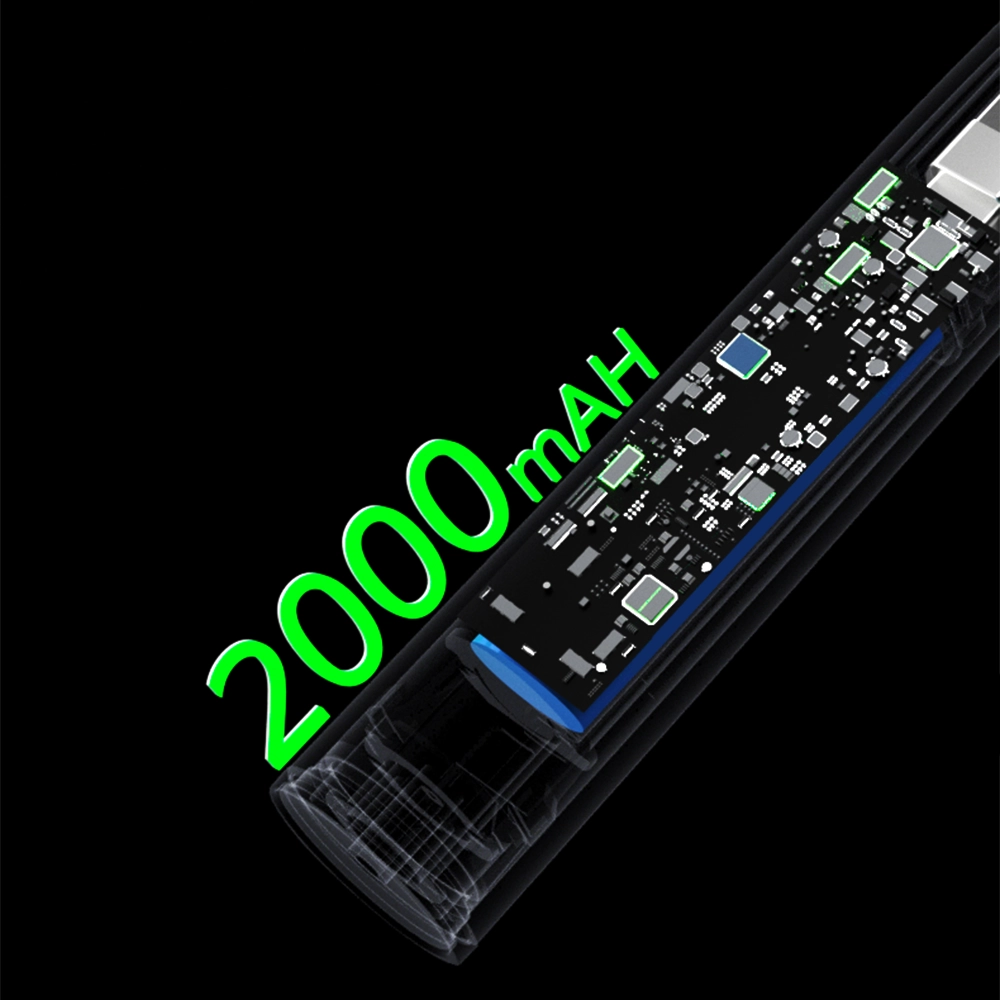
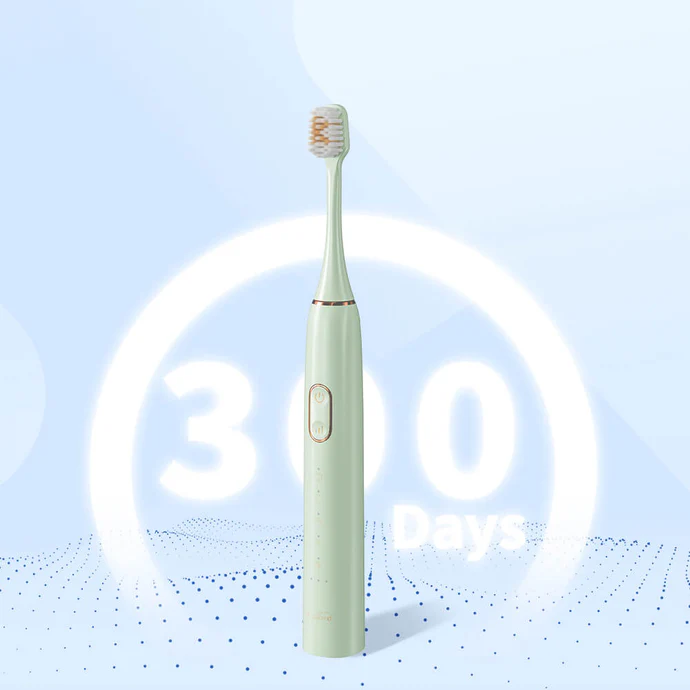
.jpg)
Inside an Electric Toothbrush: Understanding Battery Types for Smart OEM Sourcing
Sonic Toothbrush Dallas – Smarter Cleaning Technology
Waterproof Performance vs. Temperature Sensitivity?
.jpg)
7 At-Home Dental Care Products Your Kids Will Love
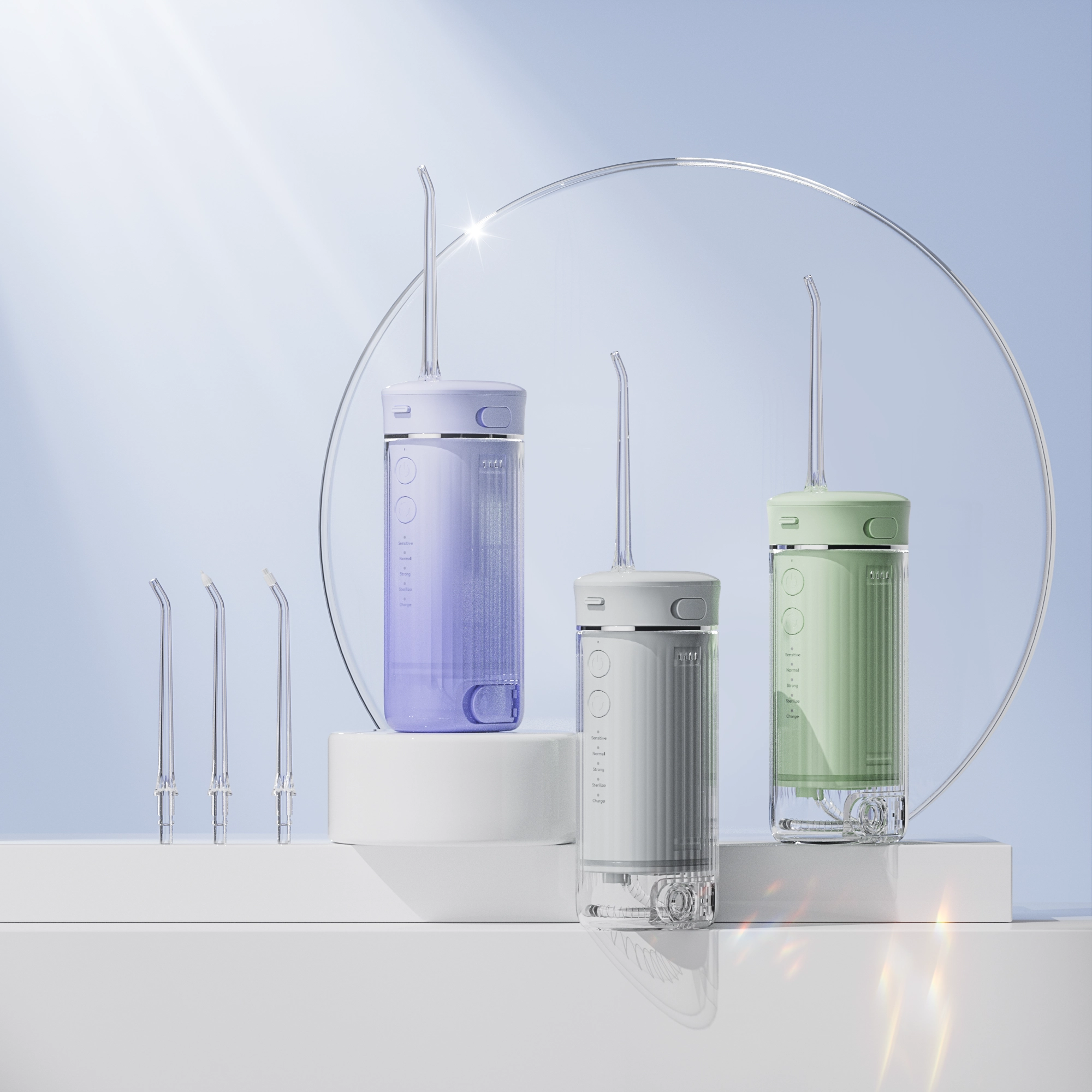
How To Prevent Mold in a Water Flosser?
Rustic Sonic Toothbrush

What Services Can Electric Toothbrush Manufacturers Provide in Terms of After-Sales Service for Their Products?
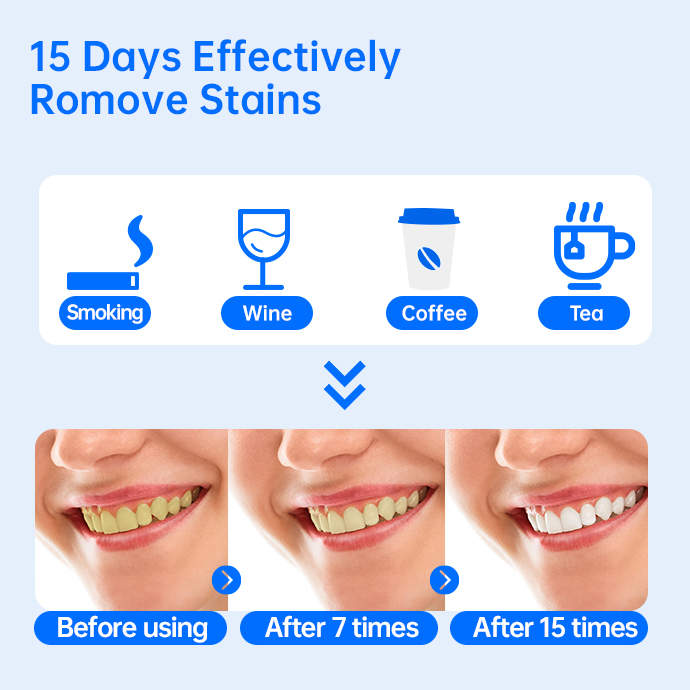
Building a Toothbrush Subscription B2B Model?
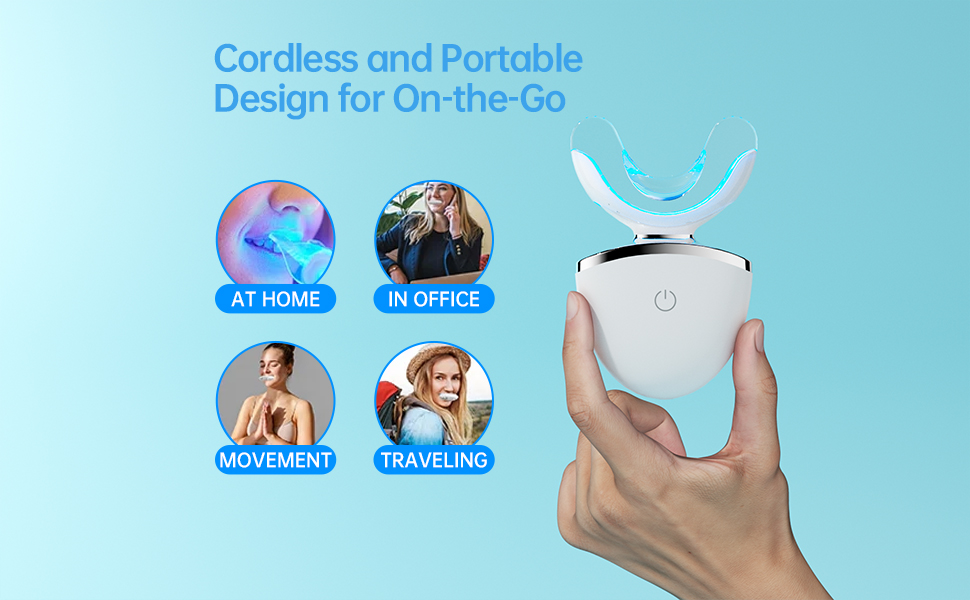
How Does a Toothbrush Packaging Supplier Enable Custom Logo Packaging for Brand Identity?
.jpg)
Is a whitening toothbrush the key to a Texas bright smile?
Light Decay Inducing Tooth Demineralization – Silent Threat?
Parts Shortages and OEM Liability Disrupting Supply Chains?

Trends in Electric Toothbrush Market

Are More Expensive Electric Toothbrushes Better?
.jpg)
Do Teeth Whitening Pens from Seattle Suppliers Deliver Salon Results?
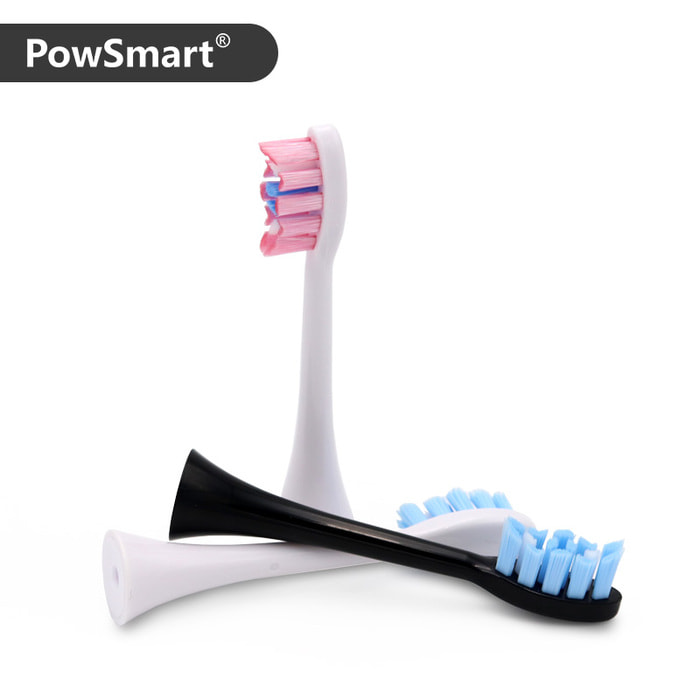
electric toothbrush heads Deep Clean
.jpg)
Florida Electric Toothbrush – Powsmart PTR-C8
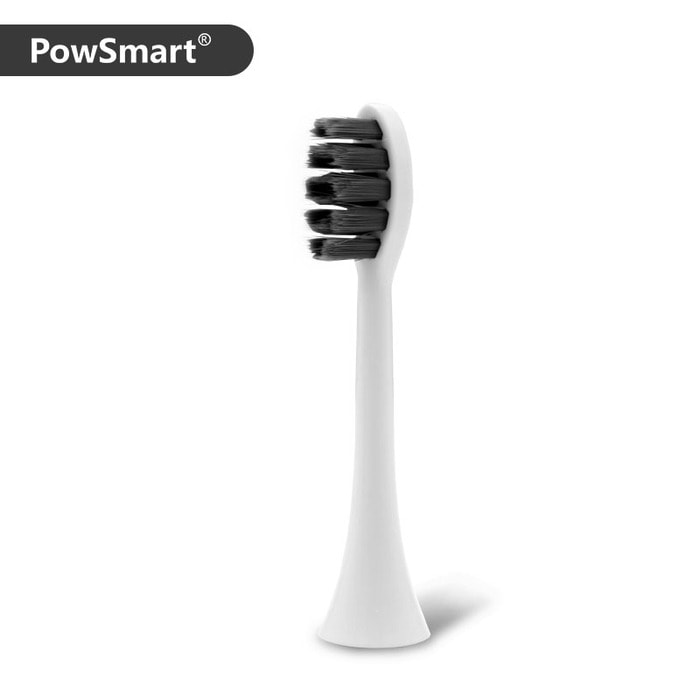
Electric toothbrush heads Charcoal Infused-Diamond

electric toothbrush heads Charcoal Infuse-Round
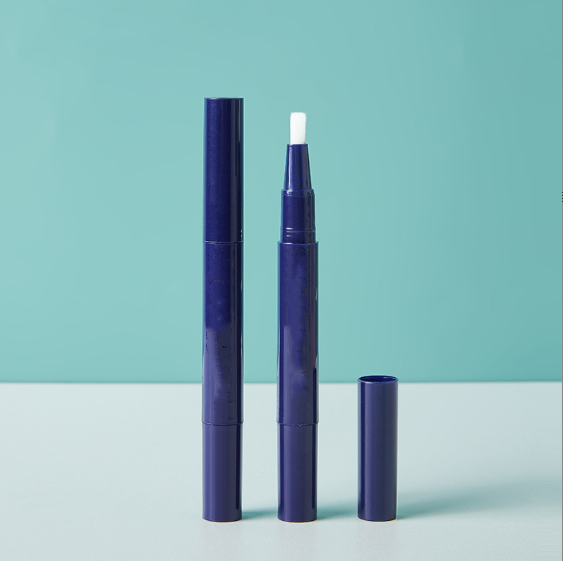
Private Label Whitening Gel
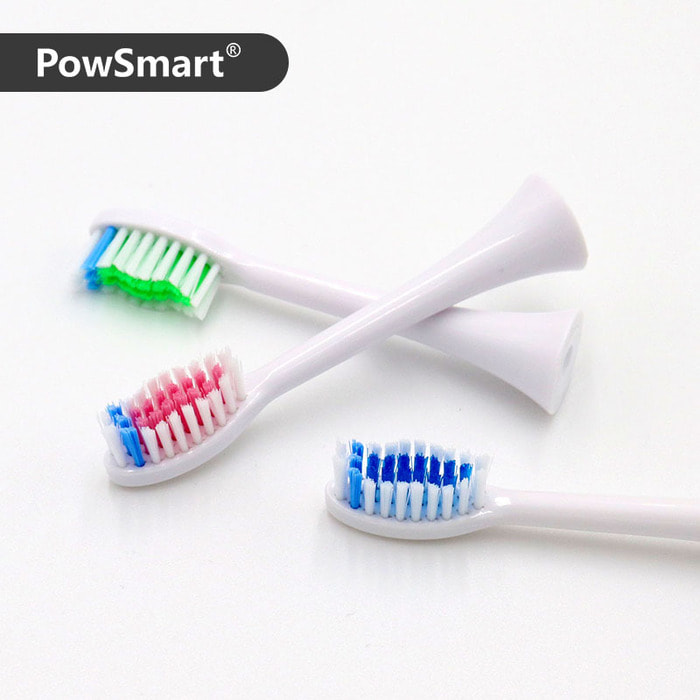
electric toothbrush heads Regular Clean
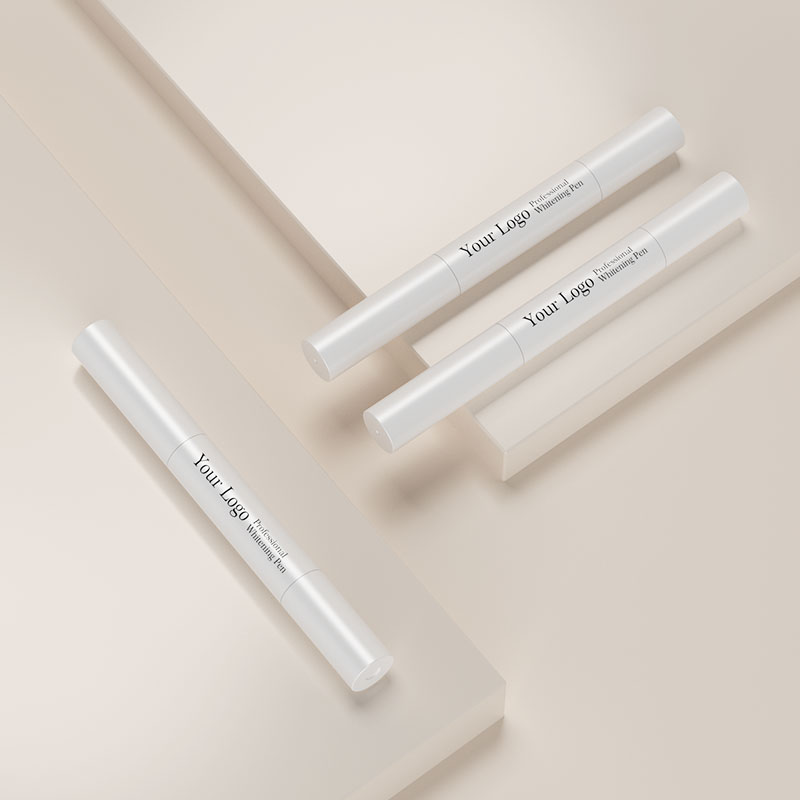
Customization Teeth Whitening Gel
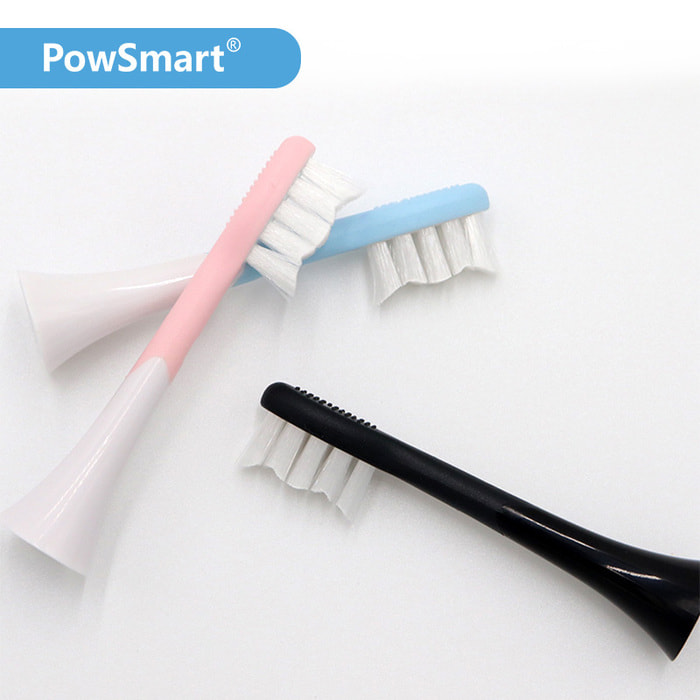
electric toothbrush heads Ultra Soft
whstapp
whstapp
National Toll-Free Service Hotline
+86 755 86238638